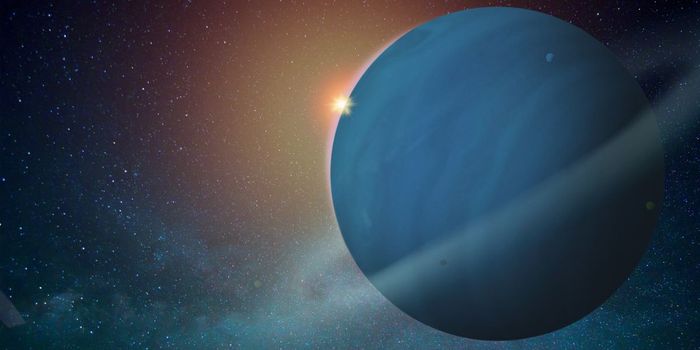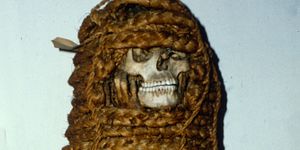When a star gets too close to a black hole the intense gravity of the black hole will tear the star to pieces. Called "tidal disruptions" they result in some stellar debris, gas and particles being flung outward, while other materials get sucked into the black hole causing a flare of X rays that burn for years. NASA's Chandra X-ray Observatory, Swift Gamma-ray Burst Explorer, and ESA/NASA's XMM-Newton collected different pieces of this astronomical puzzle in a tidal disruption event called ASASSN-14li, which was found in an optical search by the All-Sky Automated Survey for Supernovae (ASAS-SN) in November 2014 but can still be seen.
The event occurred near a supermassive black hole estimated to weigh a few million times the mass of the sun in the center of PGC 043234, a galaxy that lies about 290 million light-years away. Astronomers hope to find more events like ASASSN-14li to test theoretical models about how black holes affect their environments.








